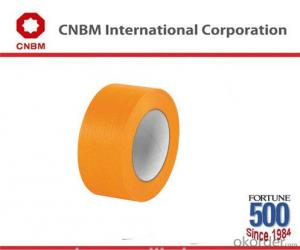Plastic plumbing pipes and fittings have been a game-changer in the world of home improvement and construction. They’ve revolutionized the way we think about water supply and waste management systems. But, what exactly makes these plastic pipes so special? Let’s dive into the world of plastic plumbing and find out!
The Versatility of Plastic Pipes
Plastic pipes come in a variety of types, each with its own unique set of properties. From PVC to PEX, ABS to CPVC, the range of options available is vast. This versatility allows homeowners and contractors to choose the best type of plastic pipe for their specific needs. Whether it’s for hot or cold water supply, or even for gas supply, there’s a plastic pipe that can handle the job.
Ease of Installation
One of the most appealing aspects of plastic plumbing is the ease of installation. Gone are the days of heavy lifting and complicated procedures. With plastic pipes, installation is a breeze. They are lightweight, easy to maneuver, and can be joined together with simple push-fit or solvent weld connections. This not only saves time but also reduces the risk of injury during installation.
Durability and Longevity
Plastic pipes are not just easy to install; they are also incredibly durable. They can withstand a wide range of temperatures and are resistant to corrosion and scaling. This means that, with proper care and maintenance, plastic pipes can last for decades without the need for replacement.
Cost-Effectiveness
When it comes to plumbing, cost is always a consideration. Plastic pipes offer a cost-effective solution for both residential and commercial applications. They are generally cheaper than their metal counterparts, and the ease of installation can also lead to significant savings in labor costs.
Environmental Impact
Let’s not forget about the environment. Plastic pipes have a lower environmental impact compared to traditional metal pipes. They are made from recyclable materials and can be easily disposed of at the end of their life cycle. Plus, their lightweight nature means less energy is needed for transportation, reducing the overall carbon footprint.
The Downside of Plastic Pipes
While there are many benefits to using plastic pipes, there are also some downsides to consider. One of the main concerns is the potential for chemical leaching, especially with older pipes that may not meet current safety standards. It’s essential to ensure that the pipes you choose are made from high-quality, safe materials.
Maintenance and Care
Proper maintenance and care are crucial to ensure the longevity of your plastic pipes. This includes regular inspections for leaks, cracks, or other signs of wear and tear. It’s also important to protect your pipes from extreme temperatures and to avoid exposure to harsh chemicals that could cause damage.
The Future of Plastic Plumbing
As technology advances, so does the world of plastic plumbing. Innovations in materials and manufacturing processes are leading to even stronger, more durable, and eco-friendly options. The future looks bright for plastic pipes, and it’s an exciting time to be involved in this industry.
In Conclusion
Plastic plumbing pipes and fittings have come a long way since their introduction. They offer a range of benefits, from ease of installation to cost-effectiveness and environmental friendliness. However, it’s important to weigh the pros and cons and make an informed decision when choosing the right type of pipe for your project. Whether you’re a homeowner looking to upgrade your plumbing system or a contractor seeking the best solution for your clients, plastic pipes are definitely worth considering.

